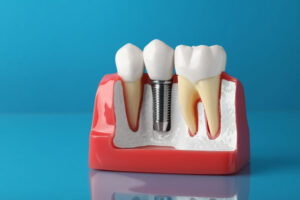
If you’re suffering from pain that just doesn’t go away after a tooth extraction or endodontic procedure, you may be experiencing phantom tooth pain. In this blog post, we’ll tell you what we know about this tricky form of oral pain.
Identifying Phantom Pain
In some instances, people who have a limb amputated report feeling pain, burning, itching, tingling or pressure where that limb used to be, even though it’s no longer there. It’s called “phantom limb pain”. A similar phenomenon has been known to happen after tooth extractions and endodontic treatments, such as root canal therapy. While phantom tooth pain is considered to be uncommon, it is definitely a real condition.
Unknown Cause
Phantom tooth pain can cause confusion for both patients and their dentists. The perception of pain lacks an identifiable and treatable physical cause, such as irritation or infection, and is instead thought of as a mix-up in how the brain is processing its memory of the senses from the area. It can be chronic or intermittent and has variable levels of intensity. While not much is known about phantom tooth pain, it is more often seen in women and people in middle-age, according to the American Academy of Oral Medicine.
Pain Management
If you have the unfortunate luck to be struck with these ghost sensations, consult with our team here at Signature Smiles Dental. There are things we can do to help you manage the pain, such as prescribing certain medications. We will do all we can to help you find a treatment that works for you.




